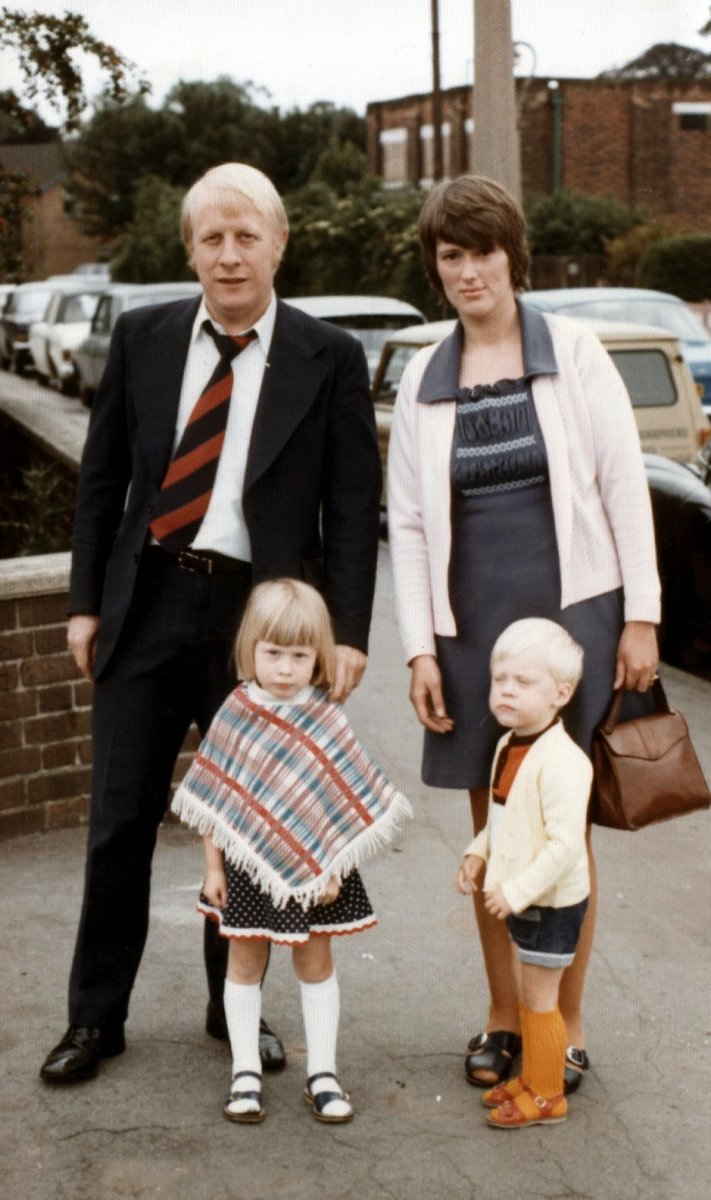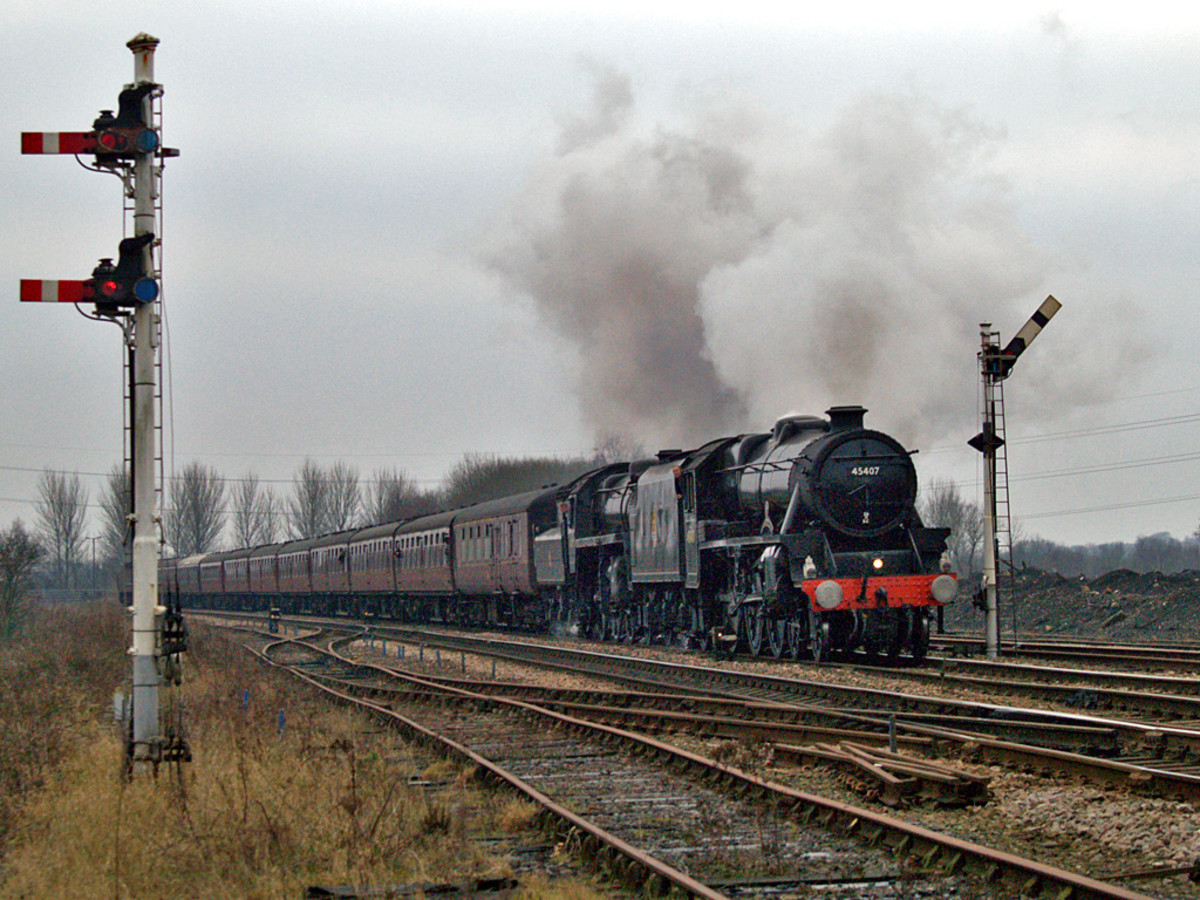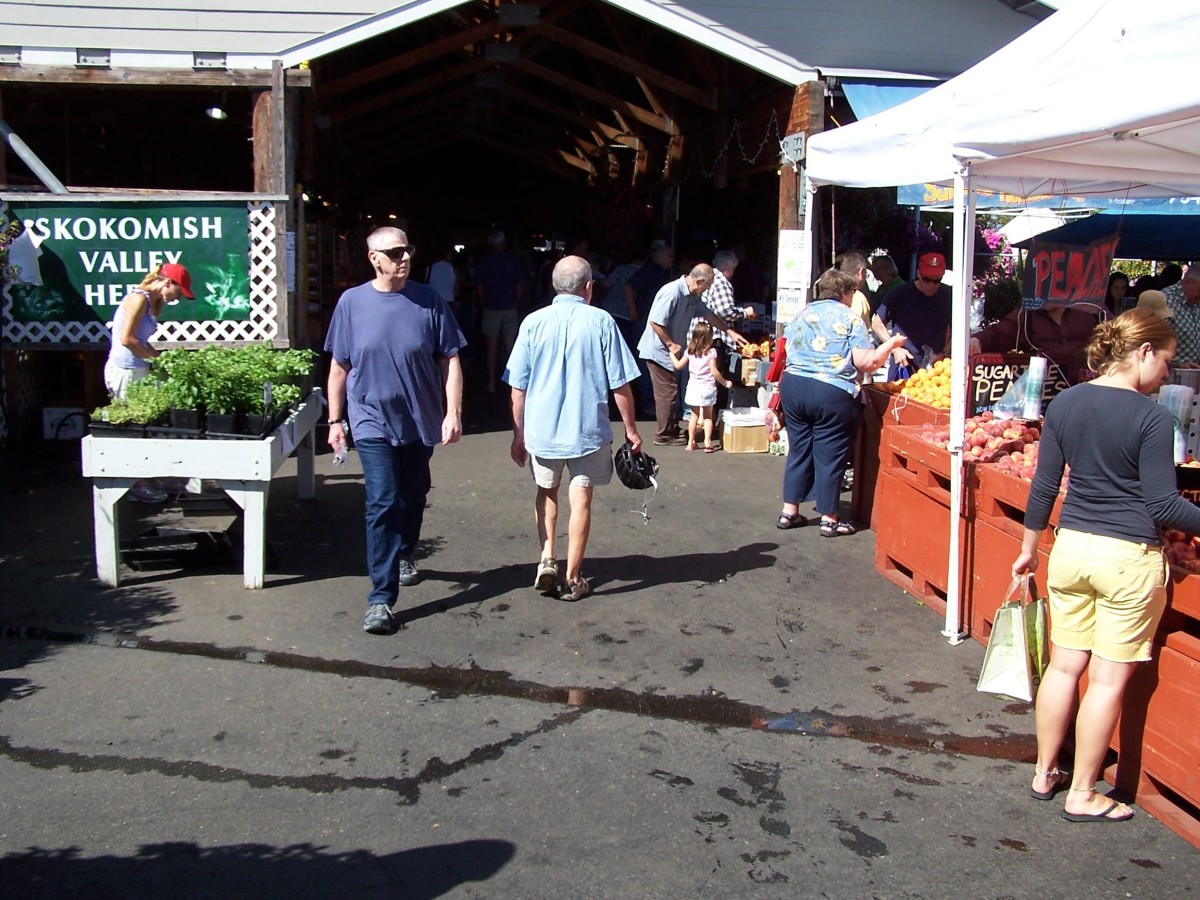Dismal Jobs Report Shows Working Class is Still Suffering

America’s Working Class was Hit the Hardest
The impact of the coronavirus on the American working class isn’t letting up any time soon. Another week of high unemployment claims has caused some economists to warn that July might show little progress in the way of job recovery. In fact, it’s likely that we will see an overall loss in jobs for the month of July.
The Labor Department reported 1.42 million initial unemployment claims last week, the first time in 15 weeks that the number of initial claims has increased. Following combined total job losses of 22 million in March and April, only 4.8 million jobs were gained in June. Economist Diane Swonk watches the Census Bureau’s household pulse survey every week, states that “between the end of the survey in June and the week of the survey in July, it suggests we lost 6.7 million jobs.
The economic recession caused by the coronavirus happened faster than any other recession in modern history. The unemployment rate hit peak levels since the Great Depression in a matter of weeks, and nearly 32 million Americans are currently receiving unemployment benefits.
Fading Optimism is a Bad Omen
A new poll shows fading optimism about the job market – 47% of Americans who experienced a pandemic-related layoff now believe those jobs are lost forever. As thousands of small businesses try to recover, what began as temporary cutbacks has turned into shuttered doors and permanent payroll cuts. Back in April, 78% of households who experienced a layoff believed the layoff would be temporary. That equates to millions of American workers who will now need to find a new employer. For many, jobs may not be available in their chosen field, presenting a new set of challenges for the already struggling working class.
It remains unclear if Congress will extend the $600 weekly unemployment insurance for those who are still unable to return to work. The second wave of new coronavirus cases makes fiscal stimulus even more important for the economy. In general, states with the highest numbers of new cases also had the highest numbers of unemployment claims. Texas is one exception, which had a decline of 11,500 claims despite being hit hard with the second wave of new coronavirus infections.
Bigger Picture for America's Economy
Economists expect to see a decline in second-quarter growth next week when GDP data is released, but July’s unemployment report isn’t scheduled to be released until August 7. Chris Rupkey, an economist, states that it [the economy] is still recovering, it’s not going at a very fast clip. There are just too many people losing their jobs to think jobs are going to rise in the payroll numbers.” These numbers are a sign that the solid hiring rates in May and June some states began to reopen might begin to slow down rapidly, and soon.
Looking Forward
Another poll shows that 72% of Americans would prefer restrictions in their communities to stop the spread of the virus, rather than reopen in an effort to stimulate the economy. As the economic recovery has stalled during the resurgence of the virus, 90% of Democrats favor prioritizing stopping the virus, but Republicans are split between 46% who prioritize the virus and 53% who prioritize the economy.
Senate Republicans plan to unveil a new coronavirus relief plan next week. The delay in negotiations continues to be a hardship for millions of unemployed Americans concerned about unemployment and income loss due to Coronavirus.








